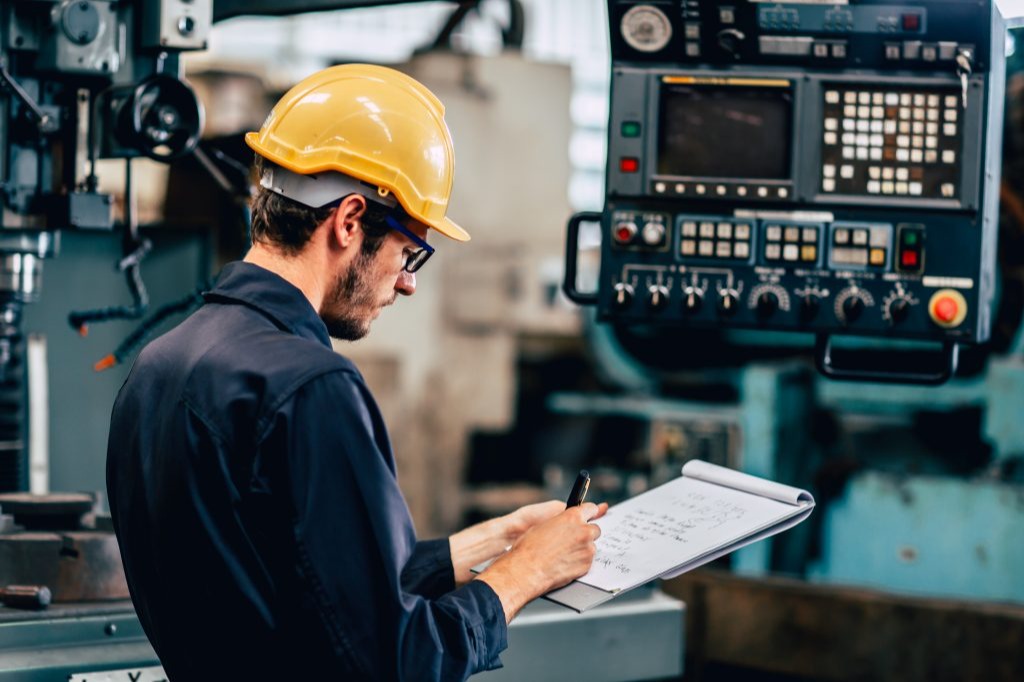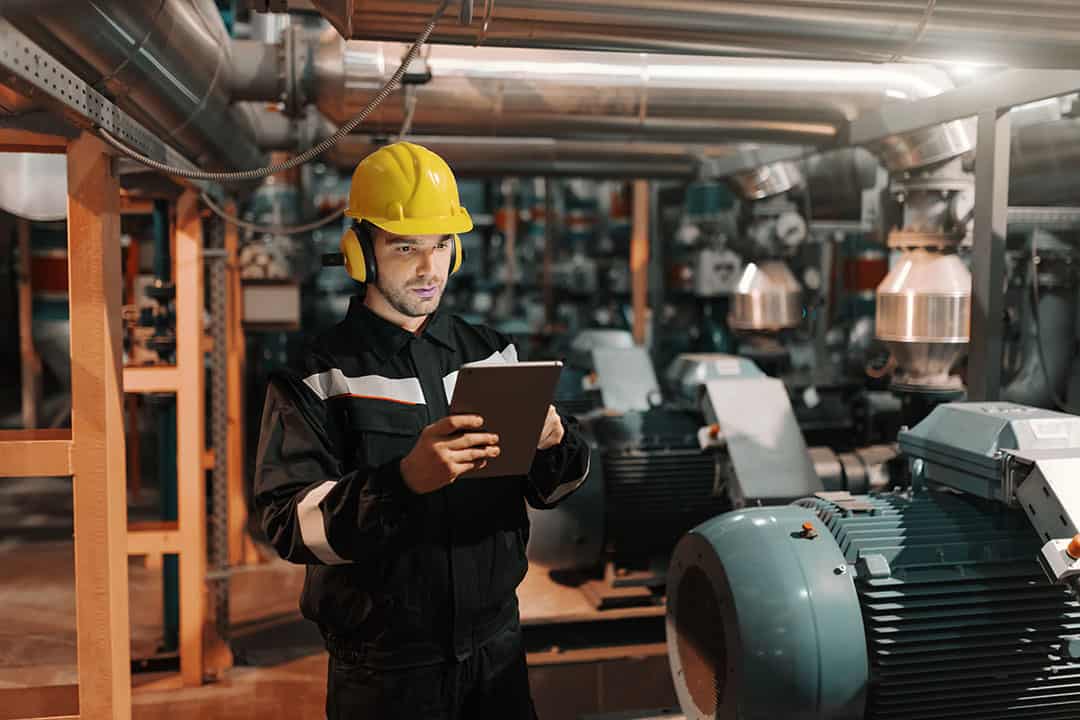4 Tactics to Increase Overall Equipment Effectiveness

Manufacturing is an industry driven by competition and the best way to come out on top is to prioritise efficiency. The companies who turn the most profit are the ones who have figured out the most effective processes and procedures. Overall equipment efficiency is a measure of how well organisations maximise their output, minimise their downtime, and generally run like a well-oiled machine.
It’s not difficult to push your company to the top of the pack. All it takes is a commitment to excellence and a focus on efficiency, especially overall equipment efficiency (OEE).
Just what is OEE and why is it so crucial? Let’s look at a basic definition and then launch into some of the tactics you can start implementing right away to optimise your productivity and beat out the competition.
What is overall equipment efficiency?
In basic terms, overall equipment efficiency (OEE) measures how well a piece of equipment, or asset, does its job. This is measured according to three metrics:
Availability: Does the asset perform when needed?
Performance: How much does it produce?
Quality: Is what it produces able to be used?
The highest level OEE can reach is 100%, which would have your equipment producing perfect products at the fastest speed possible with zero breakdowns. This is obviously very difficult, if not impossible to achieve. In the real world, an OEE score of 85% is considered top tier and the average score hovers around 60%.
Would you like your company to be in that upper echelon of OEE? You can start making your way there today by taking a few key steps.
1. Appoint an OEE task force
One of the biggest barriers to achieving optimal OEE comes from resistance. People at every level of the business, from the boardroom to the factory floor, can end up standing in the way of progress, for a variety of reasons. Maybe they don’t see the value or practicality of OEE, or maybe they don’t feel equipped or properly supported to carry out what’s required in pursuit of an improved OEE.
This is why you need someone (or, ideally, a team of someones) on staff who can not only cut through the confusion and keep people informed about what OEE is and why it’s crucial to the success of the business, they can be the designated point of contact and problem solver who is accountable for producing results and resolving issues when they arise.
2. Take advantage of technology to collect data
Too many businesses are held back by tradition and doing things “the way they’ve always been done.” One common example is collecting data manually. It’s mind-boggling how prevalent clipboards, pencils, and painstakingly typed Excel spreadsheets still are when there are plenty of digital tools on the market that make data collection much faster and far more accurate. This is one of the biggest ways that companies needlessly hold themselves back from making major leaps forward.
For instance, an equipment condition monitoring tool like FitMachine uses artificial intelligence and machine learning to collect real-time data on equipment 24 hours a day, 7 days per week. No clipboard even comes close to keeping up.
3. Take a preventive maintenance approach
Once you have good, reliable data about your asset performance, you can use it to support a preventive maintenance approach that addresses problems before they occur.
As you probably already know, unplanned downtime is an absolute killer of productivity and efficiency, and can cost a business hundreds or even thousands of dollars per minute. A preventive maintenance approach doesn’t wait for these costly incidents to occur before taking action—it uses data to predict breakdowns before they happen so that maintenance can be performed proactively and avoids downtime altogether. This is one of the most effective and essential ways you can improve your OEE.
4. Debrief and discuss changes and improvements
With an OEE task force in place, and your data collection automated to support preventive maintenance, the next thing you can do to improve your OEE is to leverage your people.
Your teams are an incredible source of information, insight, and ideas, so ask them to weigh in on the changes and improvements that are being made. In fact, make it a regular part of your business practice to engage with your teams and facilitate communication across every department that is involved in production. The more people you have thinking about problems, the faster you’ll be able to arrive at solutions.
To get the ball rolling, make it a standard practice to ask after every major change or improvement:
- Where were we successful?
- Are there aspects that could have gone better?
- What improvements can we make in the future?
Final thoughts on Overall Equipment Efficiency
The success of a business depends on its efficiency, so make it a priority! Make the most use of what you’ve got, in terms of staff, technology, and resources. Before long, you’ll be amazed at how far you’ve come.
Access our platform for free and see how you can unlock OEE in your organisation – https://learn.movus.com.au/trial
Photo by Magda Ehlers: https://www.pexels.com/photo/gray-and-red-industrial-machine-2569839/


